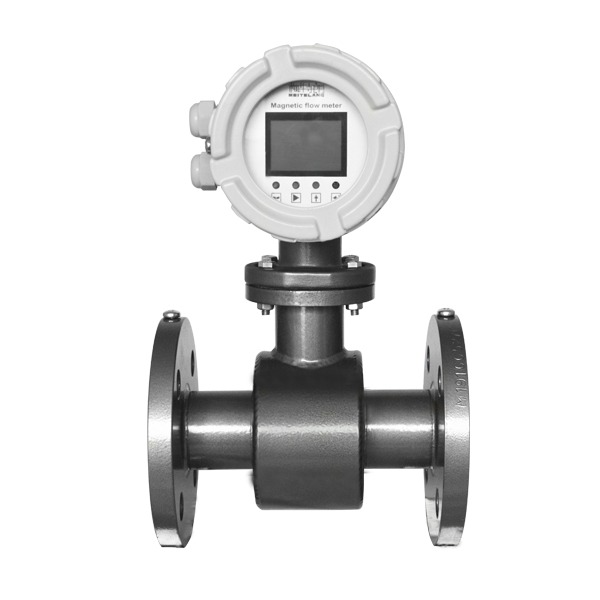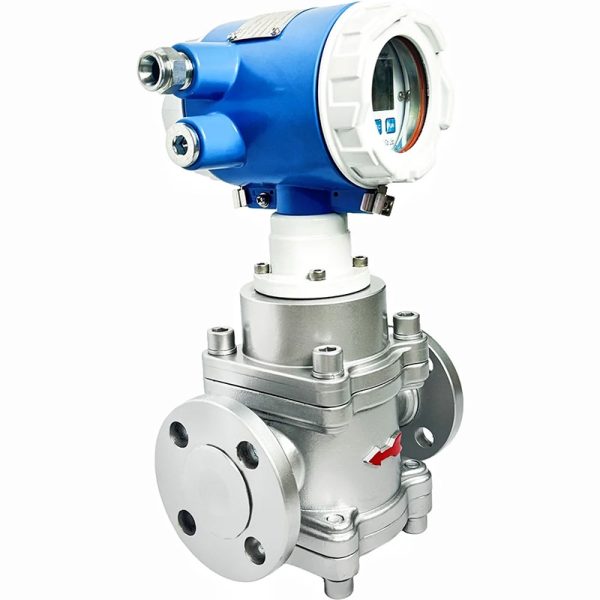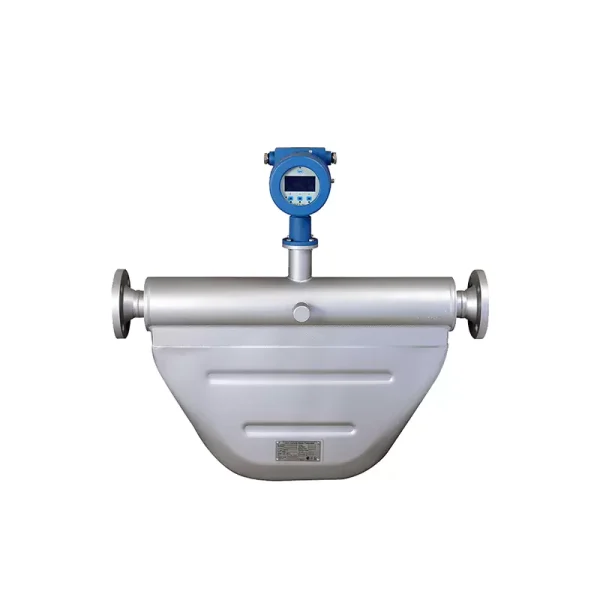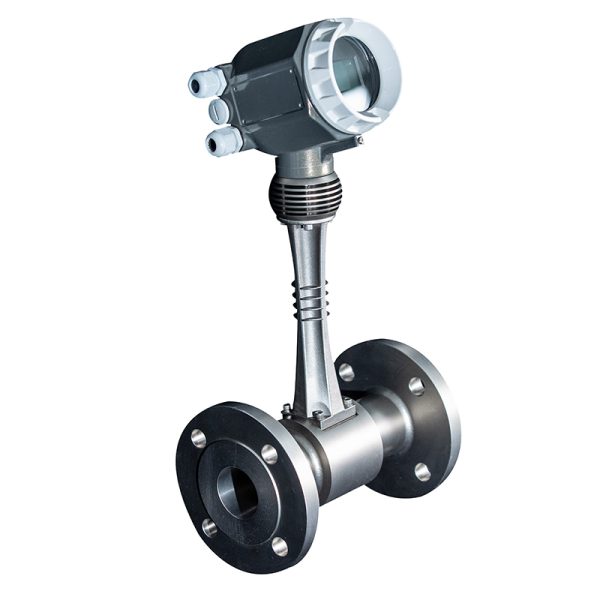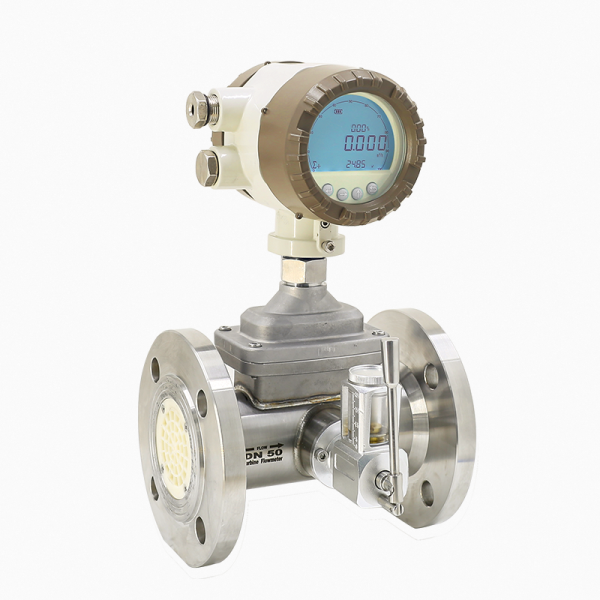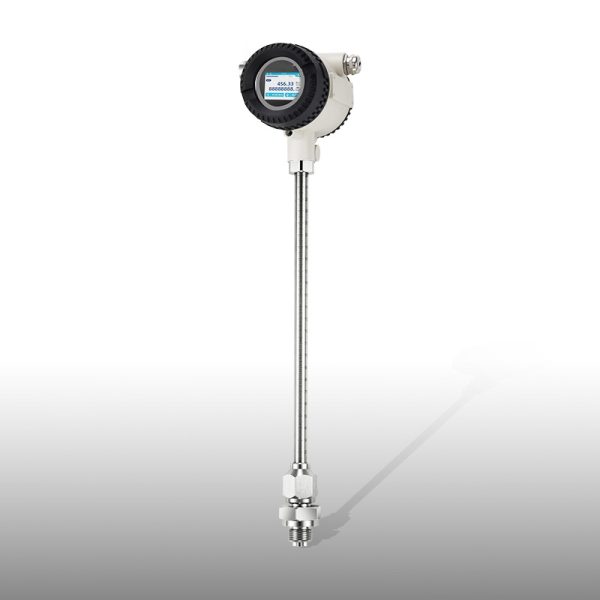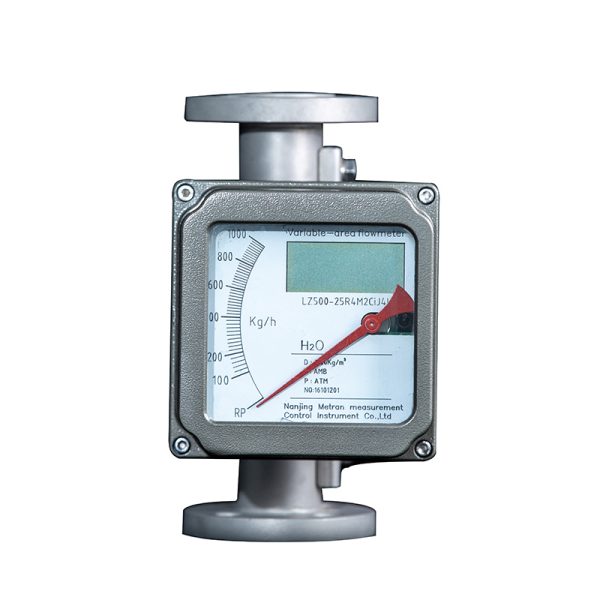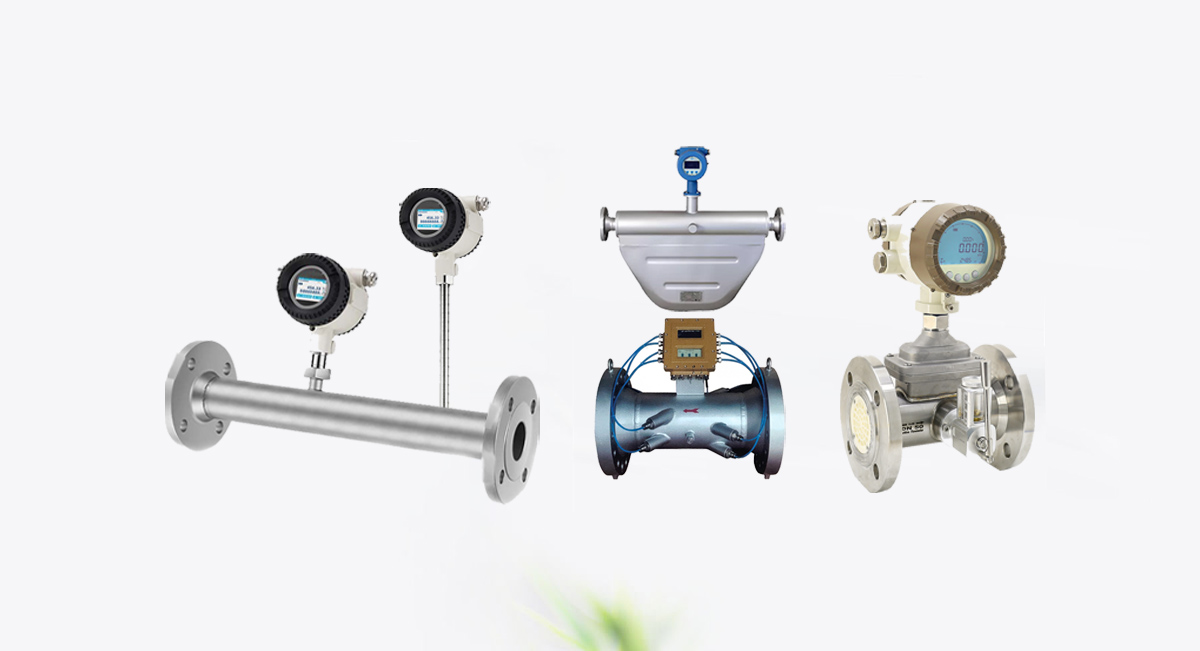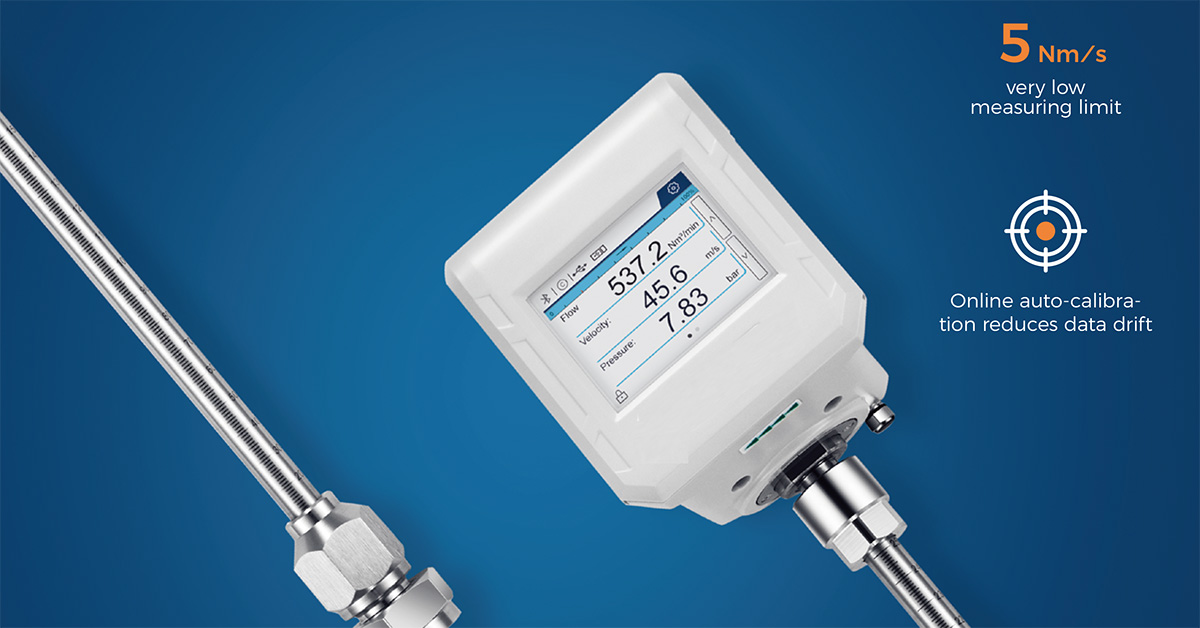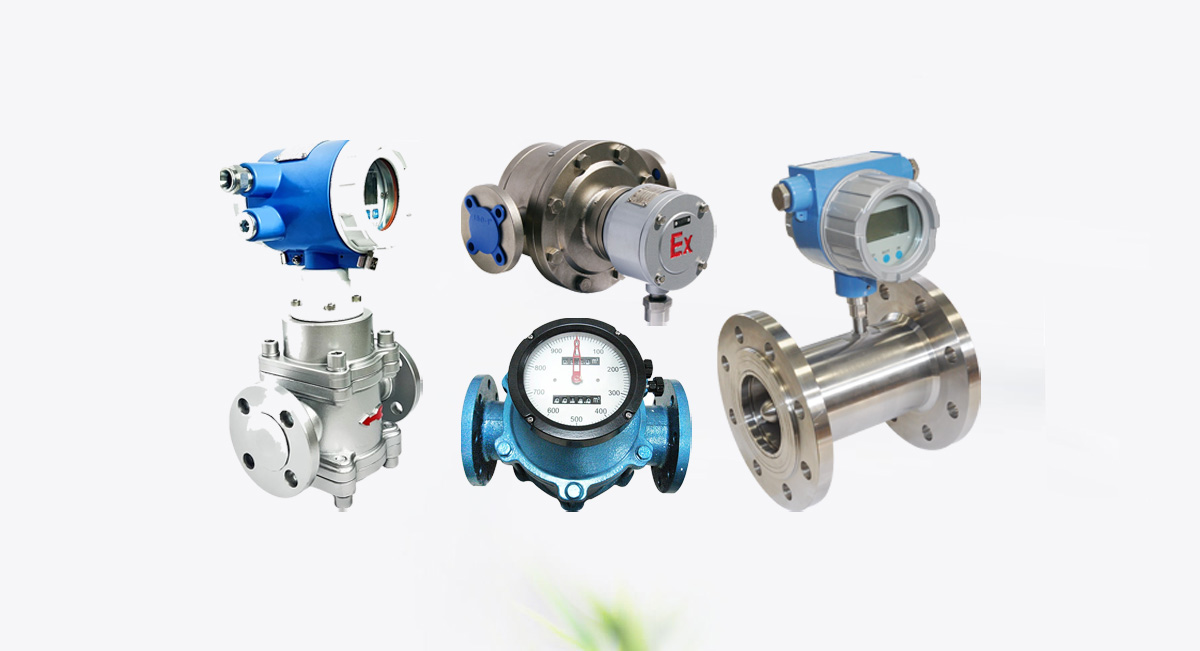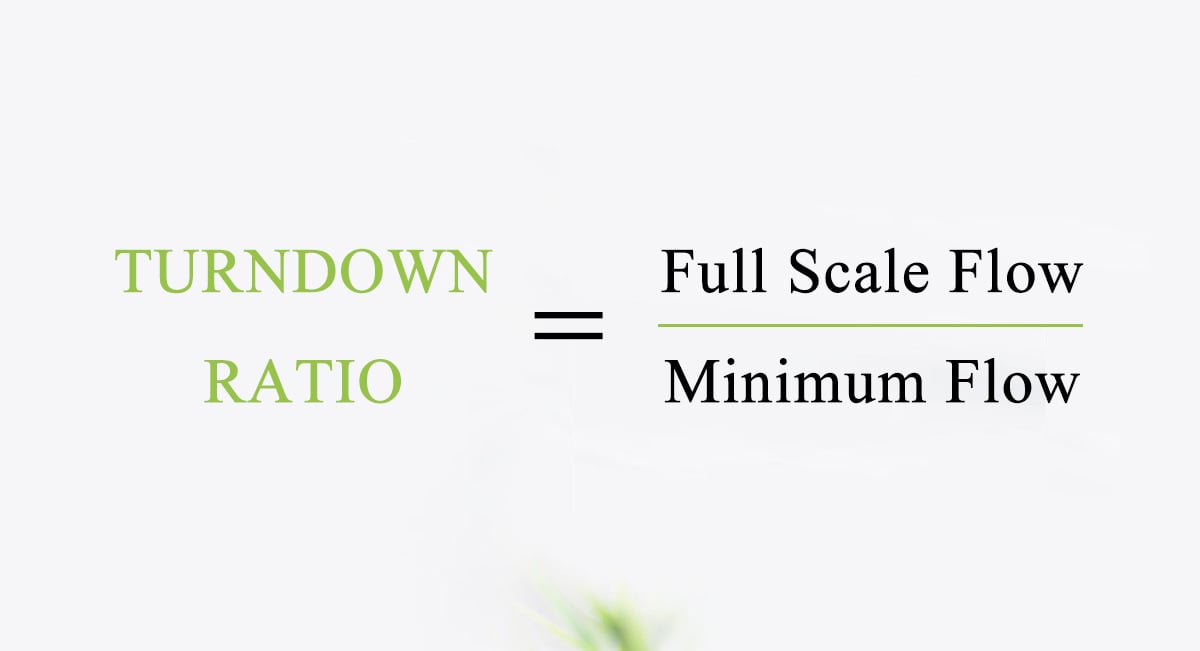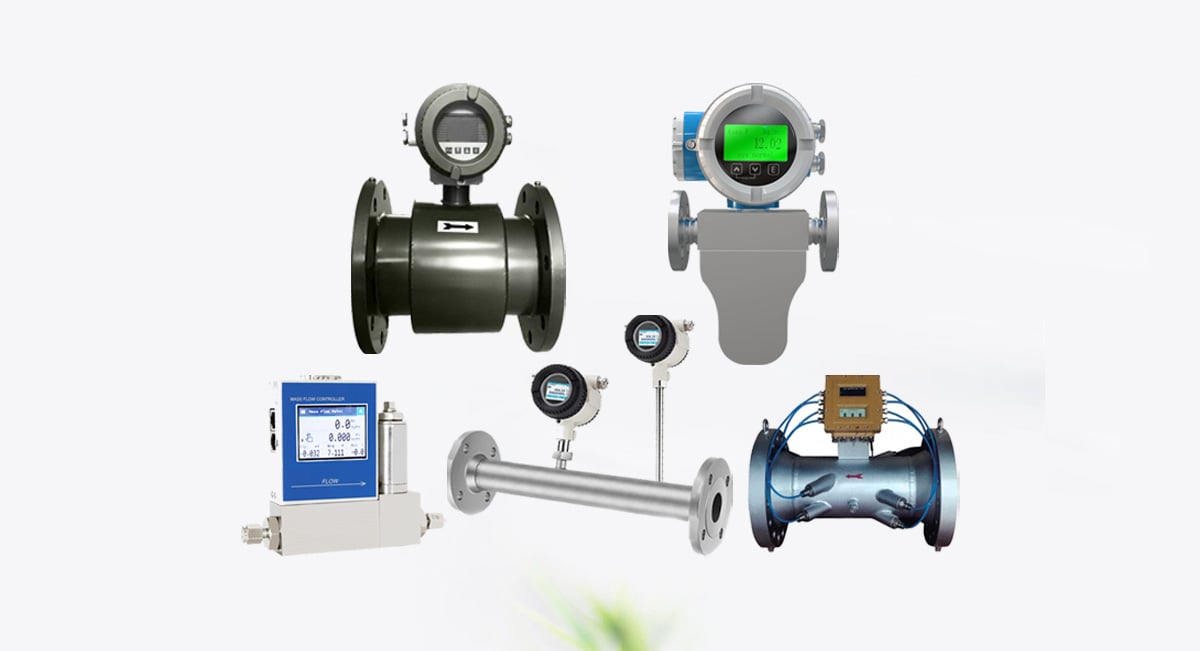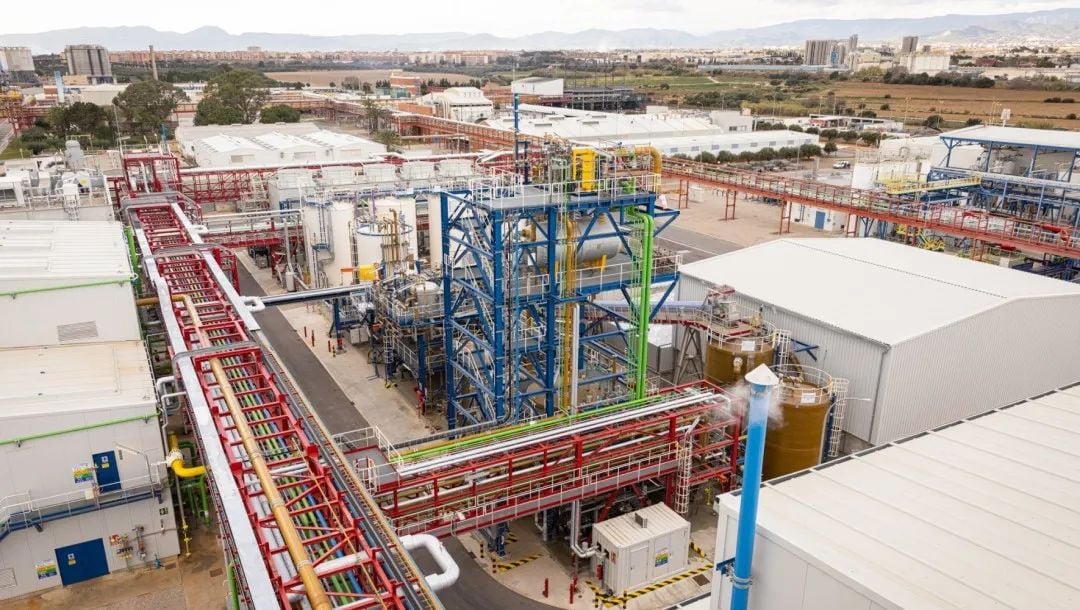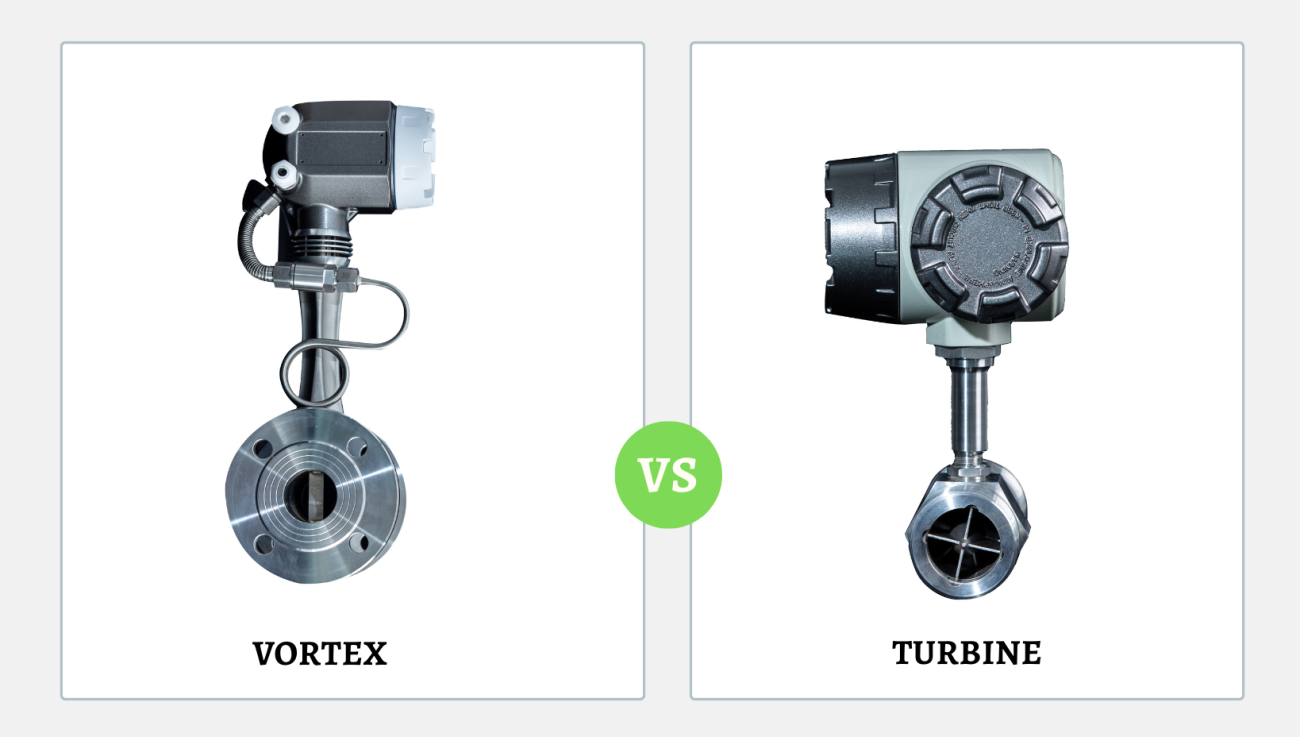In industrial process control and measurement, selecting the right flow meter is crucial for ensuring production efficiency and cost control. Different process conditions, medium characteristics, and measurement requirements determine the type of flow meter to be used. This article provides a systematic approach to selecting the appropriate flow meter based on key parameters such as medium properties, pipe size, temperature, and pressure, helping engineers and technical personnel make informed decisions.
1. Selecting a Flow Meter Based on Medium Properties
1.1 Liquid Medium
- Clean liquids (e.g., water, solvents): Electromagnetic flow meters, turbine flow meters, ultrasonic flow meters
- Viscous liquids (e.g., oil, syrup): Positive displacement (PD) flow meters (oval gear, rotary piston), Coriolis mass flow meters
- Corrosive liquids: Lined electromagnetic flow meters, PTFE-coated Coriolis mass flow meters
- Liquids containing solid particles: Insertion-type electromagnetic flow meters, Doppler ultrasonic flow meters
- Non-conductive liquids: Turbine flow meters, ultrasonic flow meters, positive displacement flow meters
1.2 Gas Medium
- Clean, dry gases: Vortex flow meters, thermal mass flow meters, turbine flow meters
- Moist gases / saturated steam: Differential pressure flow meters (with condensate chambers), specially designed vortex flow meters
- Corrosive gases: Vortex flow meters with corrosion-resistant materials, thermal mass flow meters
- High-pressure gases: Orifice plate flow meters, turbine flow meters
- Low-pressure gases: Thermal mass flow meters, variable area (rotameter) flow meters
- Saturated steam: Vortex flow meters, differential pressure flow meters
2. Pipe Diameter Selection
Choosing a flow meter starts with pipe diameter:
- Small diameter (DN15-DN50)
- Medium diameter (DN50-DN300)
- Large diameter (>DN300)
3. Pressure & Temperature Compatibility
Pressure Requirements:
- Standard flow meters: Rated for 1.6 MPa (PN16)
- High-pressure applications (>4 MPa)
- Vacuum conditions: Only certain types (e.g., thermal mass flow meters) are suitable
Temperature Limits:
- Standard models: -20°C to 80°C
- Medium-temperature models: Up to 200°C (requires special lining)
- High-temperature models: Up to 450°C (requires cooling design)
4. Flow Range Determination
Three key considerations:
- Minimum flow rate
- Maximum flow rate
- Turndown ratio: Standard flow meters offer 1:10, while high-end models can reach 1:100. (Our thermal mass flow meters achieve an exceptional 1:2500 ratio.)
5. Connection Type Selection
- Flange connections: Standard in industrial applications, available in ANSI, DIN, and JIS standards
- Threaded connections: Suitable for small-diameter flow meters (DN15-DN50)
- Tri-Clamp connections: Used in sanitary applications such as food and pharmaceuticals
- Welded connections: Ideal for high-pressure or hazardous applications
6. Input/Output Signal Selection
- Analog output: 4-20mA (widely used for industrial process control)
- Digital communication: MODBUS, HART, PROFIBUS for advanced data transmission
- Pulse output: Used for batching and totalization applications
- Wireless transmission: LoRa, Bluetooth, or Wi-Fi for remote monitoring
7. Explosion-Proof & Protection Ratings
- Explosion-proof classification: ATEX, IECEx for hazardous environments
- Ingress protection rating: IP65 (dustproof and water-resistant), IP67 (temporary immersion), IP68 (continuous immersion)
8. Budget Considerations
- Electromagnetic flow meters: Medium-cost, ideal for conductive liquids
- Coriolis mass flow meters: High-precision, but costly
- Turbine flow meters: Cost-effective for clean, low-viscosity fluids
- Vortex flow meters: Mid-range cost, excellent for steam applications
- Thermal mass flow meters: High turndown ratio but expensive for large pipelines
Engineering Case Study
Case Background:
- Application: Measuring 32% hydrochloric acid in a DN200 pipeline
- Temperature: 20-80°C
- Pressure: 0.6 MPa
- Flow range: 70-120 m³/h
- Accuracy requirement: 0.5%
Selection Analysis:
- Medium Characteristics: Strongly corrosive and conductive liquid
- Process Conditions: Medium temperature, medium pressure
- Selection Steps:
Elimination Method:
- Turbine/PD meters eliminated due to corrosion
- Differential pressure meters eliminated due to insufficient accuracy
- Initial Selection: Electromagnetic flow meter, Coriolis mass flow meter
- Verification:
-Electromagnetic: PTFE lining + tantalum electrodes, rated for 120°C (exceeding 80°C) and PN16 (exceeding 0.6 MPa)
-Coriolis: Hastelloy C276 construction, but cost is three times higher
Final Selection: Electromagnetic flow meter
By following a structured selection process, engineers can ensure they choose the most efficient and cost-effective flow meter for their application. If you have any specific requirements, feel free to contact us for expert consultation.


